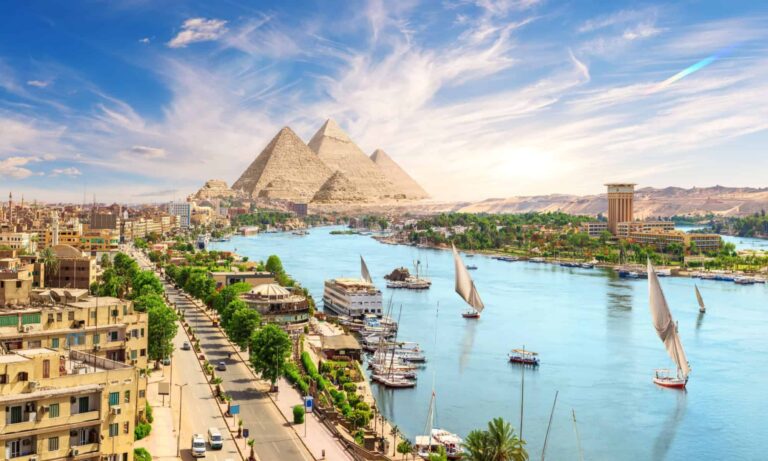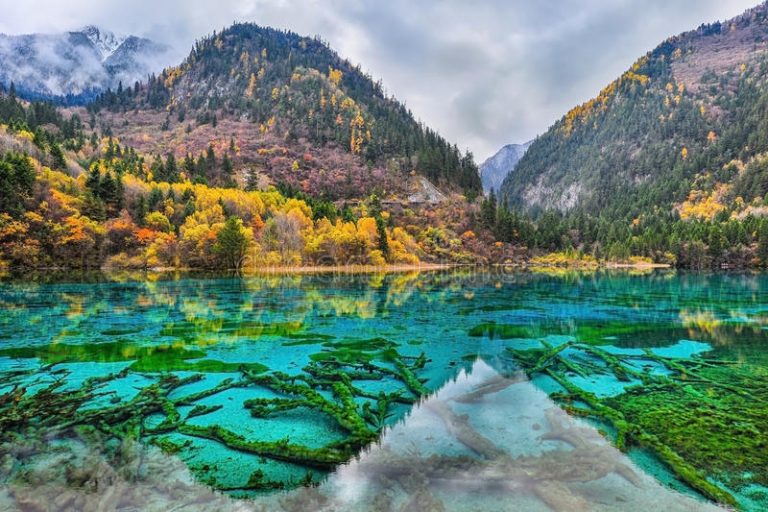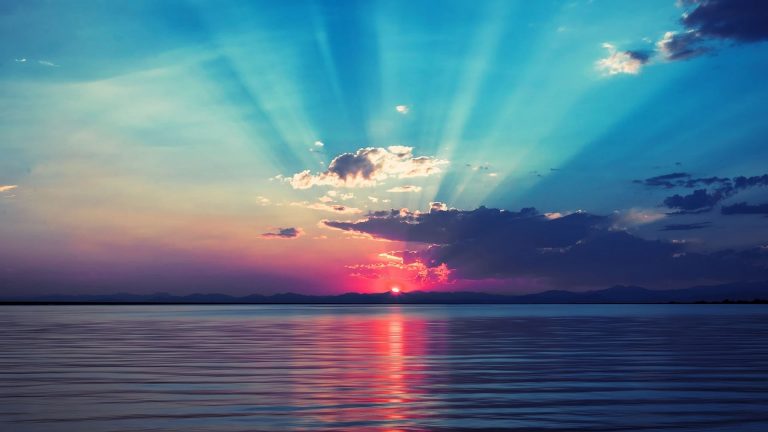The Ijen volcano complex is a group of composite volcanoes located on the border between Banyu Wangi Regency and Bondowoso Regency of East Java, Indonesia. It is known for its blue fire, acidic crater lake, and labor-intensive sulfur mining.
It is inside an eponymous larger caldera Ijen, which is about 20 kilometers (12 mi) wide. The Gurung Merapi stratovolcano is the highest point of that complex. The name “Gurung Merapi” means ‘mountain of fire’ in the Indonesian language; Mount Merapi in central Java and Merapi in Sumatra have the same etymology.
Ijen Geopark stretches across It is located across the entire regency which is specifically in the Mount Ijen area, Pulao Merah Beach, and Alas Puro National Park. It has various geological, biological and cultural sites. It became part of UNESCO Global Geoparks at 10th conference held in Marrakesh.
West of Gurung Merapi is the Ijen volcano, which has a one-kilometer-wide (0.62 mi) turquoise-colored acidic crater lake. The lake is the site of a labor-intensive sulfur mining operation, in which sulfur-laden baskets are carried by hand from the crater floor. The work is paid well considering the cost of living in the area, but is very onerous. Workers earn around US$13 per day and, once out of the crater, still need to carry their loads of sulfur chunks about three kilometers to the nearby Paltuding Valley to get paid.
Many other post-caldera cones and craters are located within the caldera or along its rim. The largest concentration of post-caldera cones run east–west across the southern side of the caldera. The active crater at Kawah Ijen has a diameter of 722 meter’s (2,369 ft) and a surface area of 0.41 square kilometers (0.16 sq mi). It is 200 metres (660 ft) deep and has a volume of 36 cubic hectometers (29,000 acre⋅ft).
The lake is recognized as the largest highly acidic crater lake in the world. It is also a source for the river Banyupahit, resulting in highly acidic and metal-enriched river water which has a significant detrimental effect on the downstream river ecosystem. During a scientific expedition in 2001, the pH of the lake was measured at <0.3. On July 14–15, 2008, explorer George Koronis took a small rubber boat out onto the acid lake to measure its acidity. The pH of the water at the lake’s edges was measured to be 0.5 and in the middle of the lake 0.13 due to a high concentration of sulfuric acid.
Map
Gallery
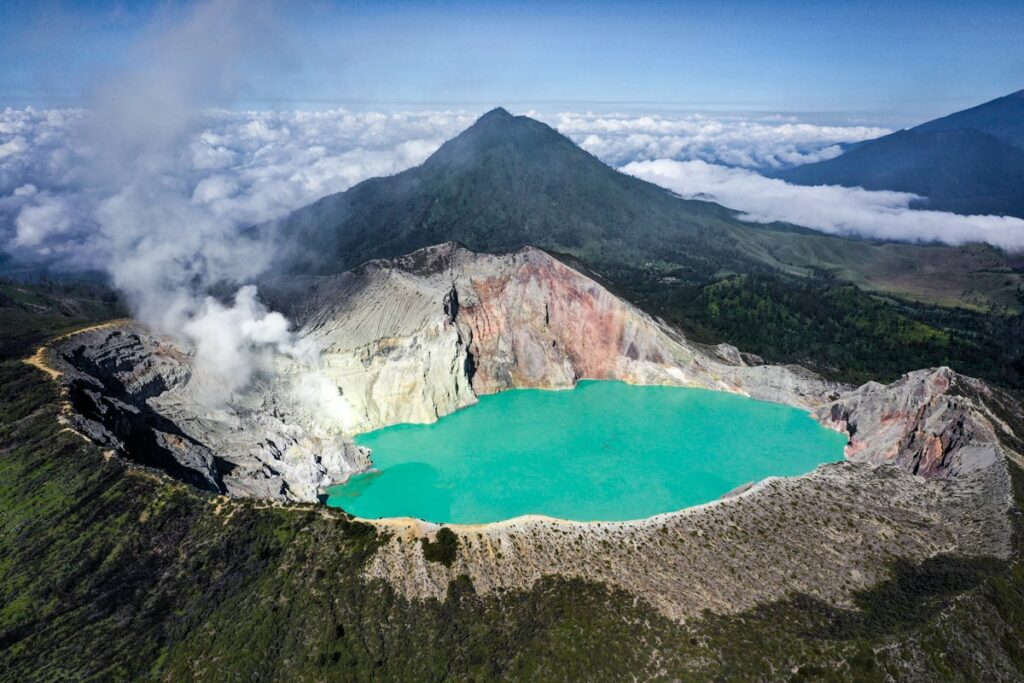
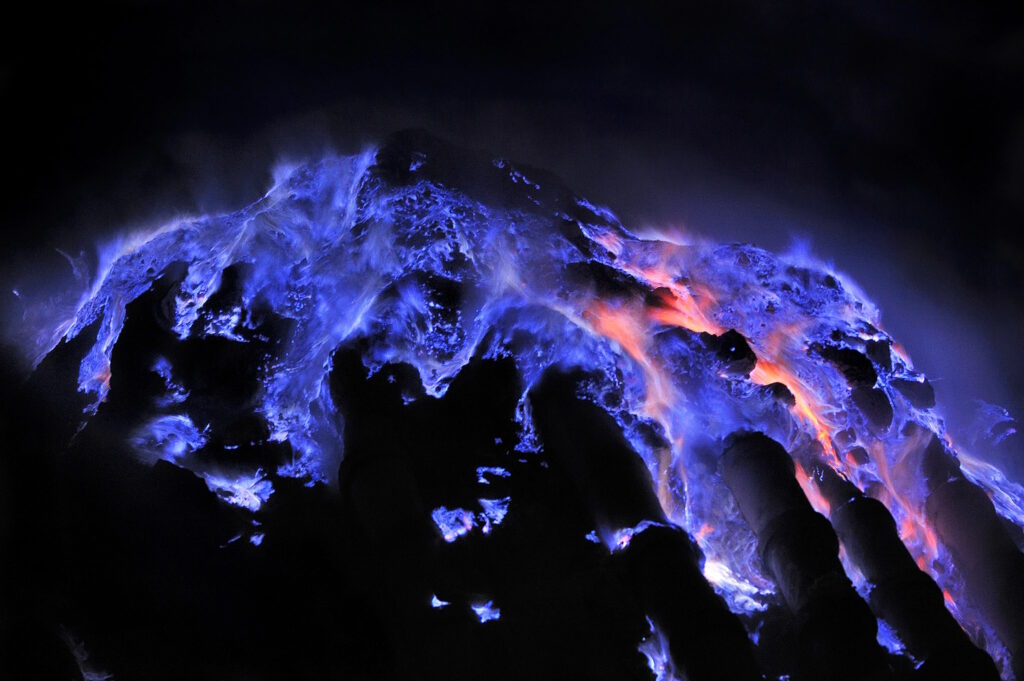
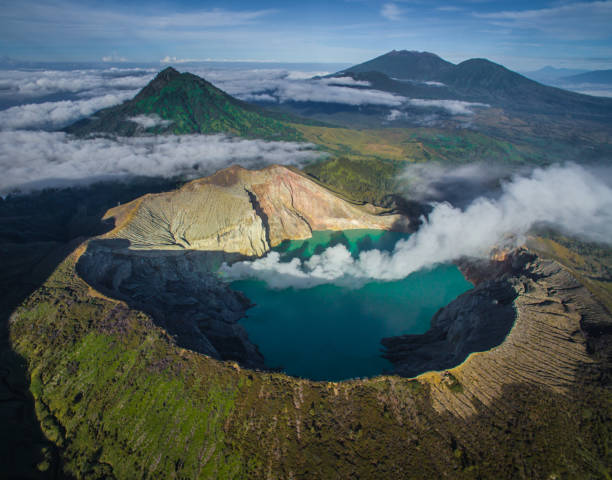
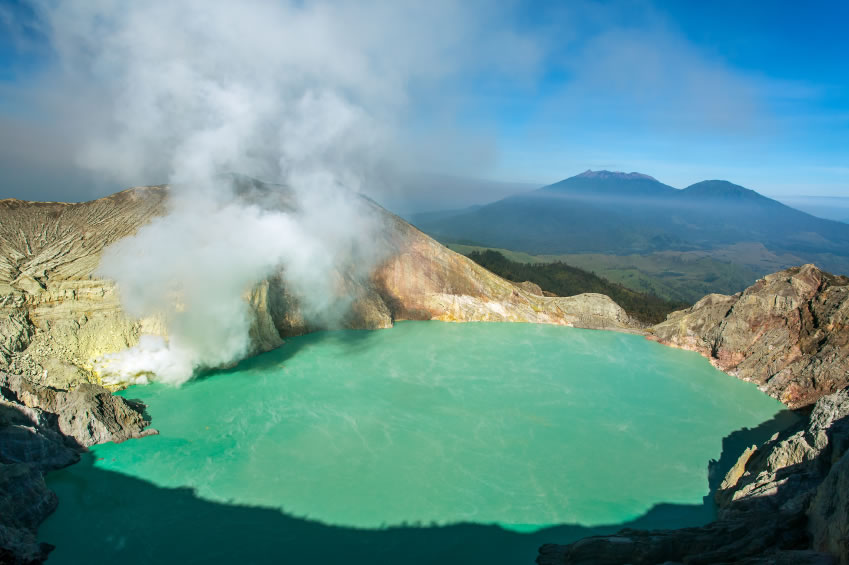
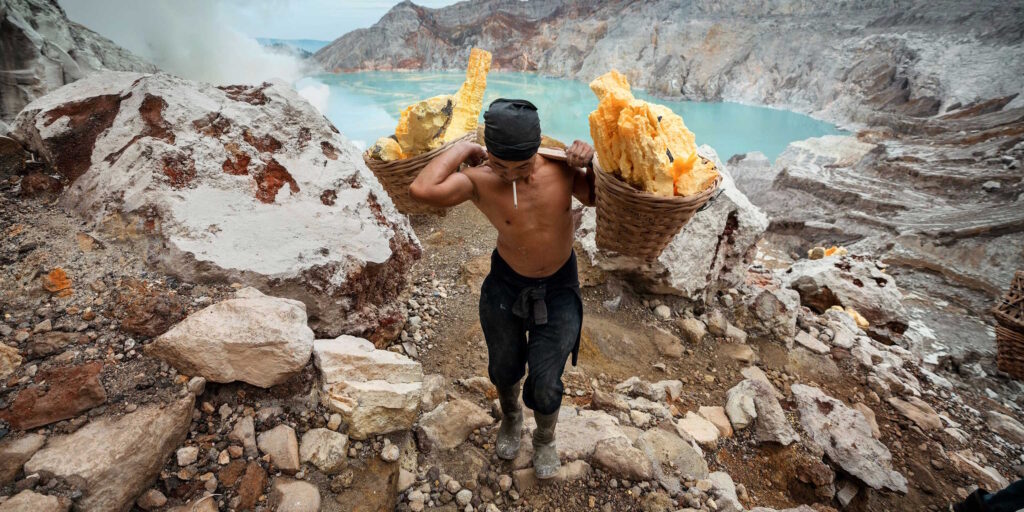
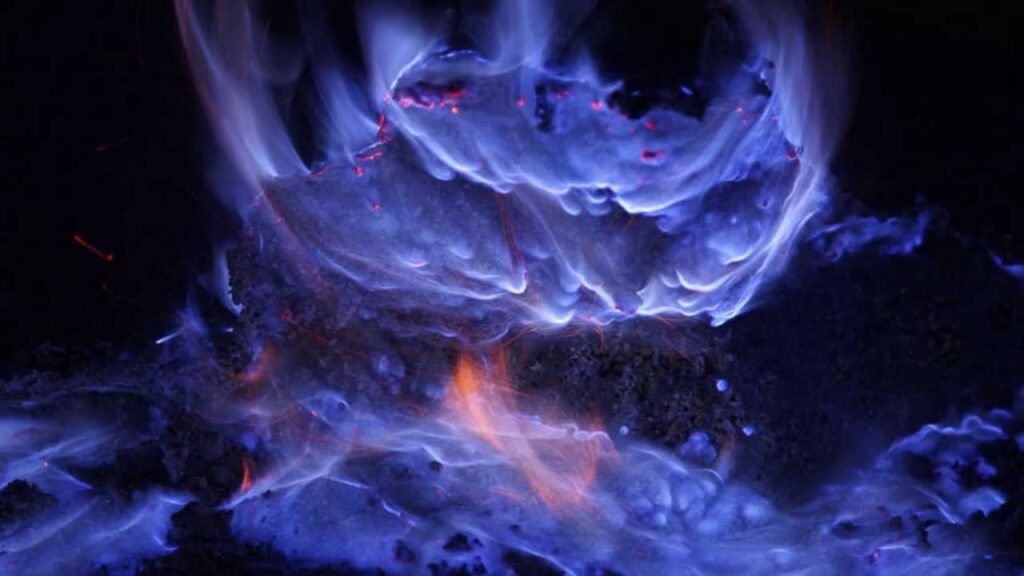
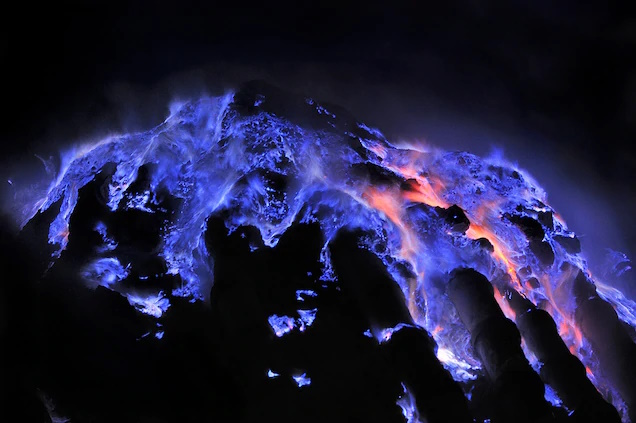

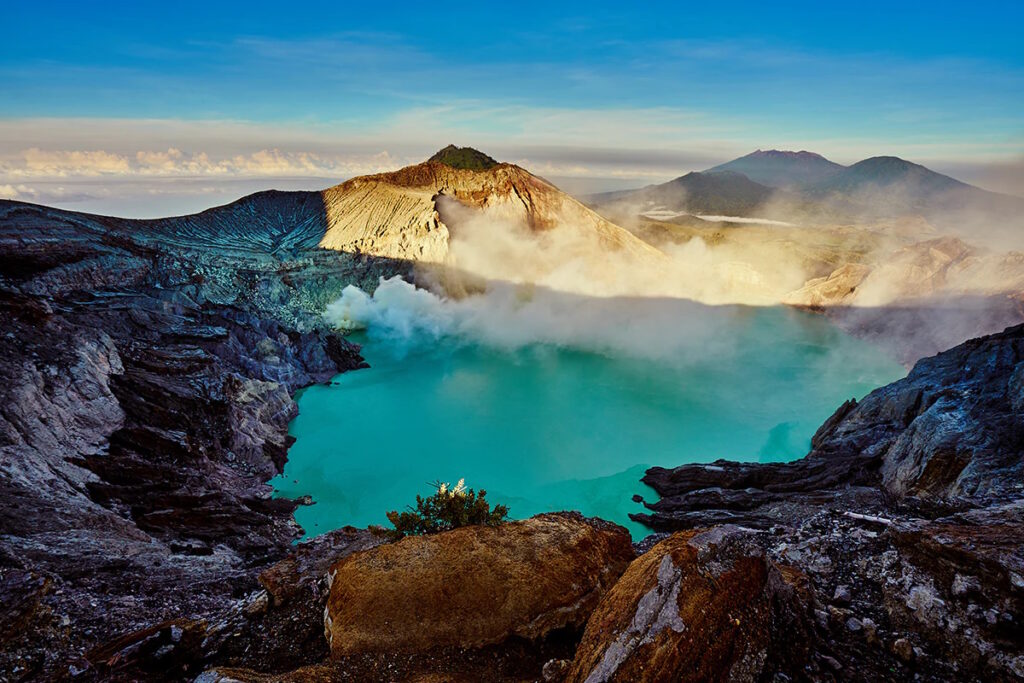
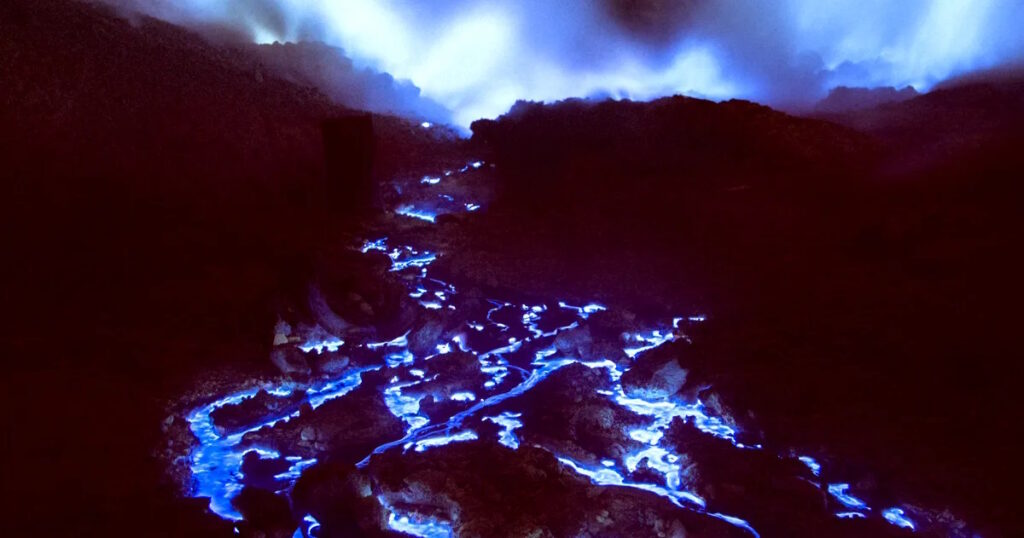
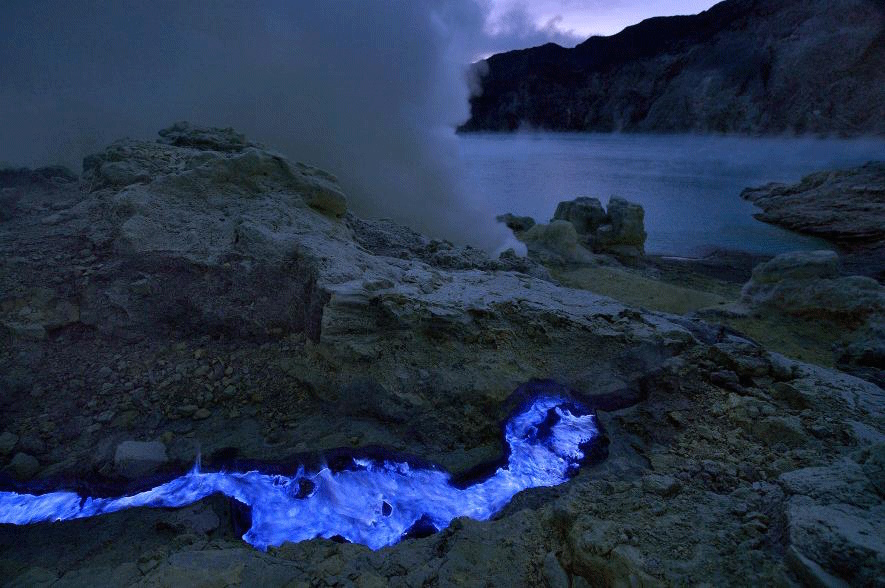
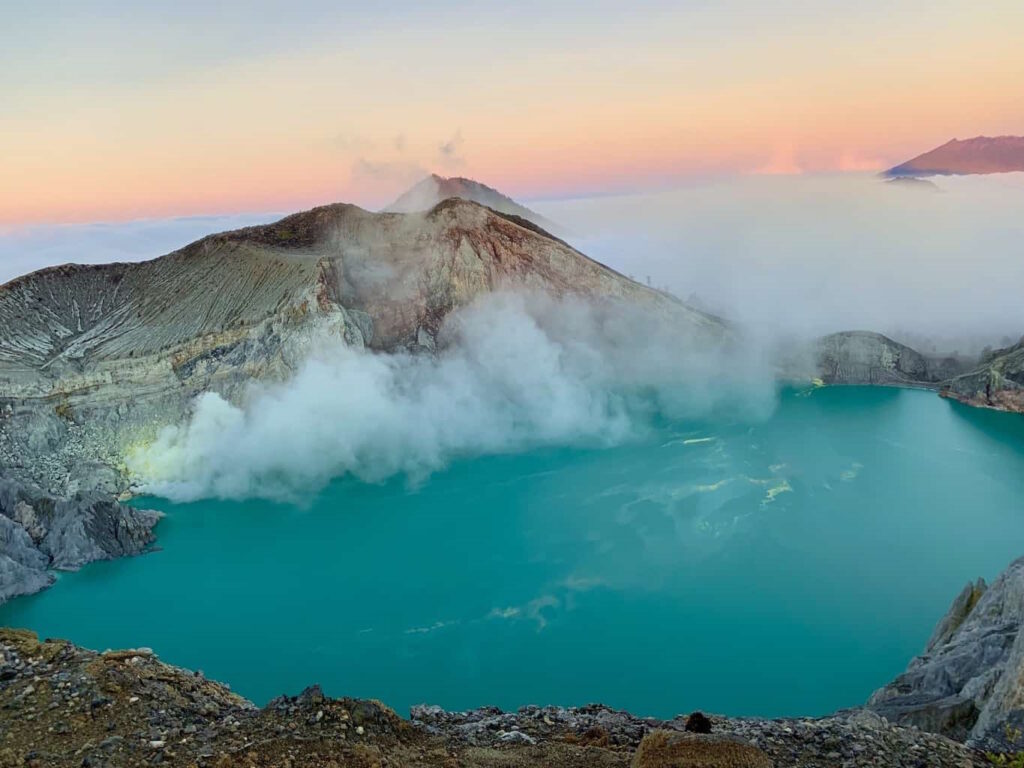


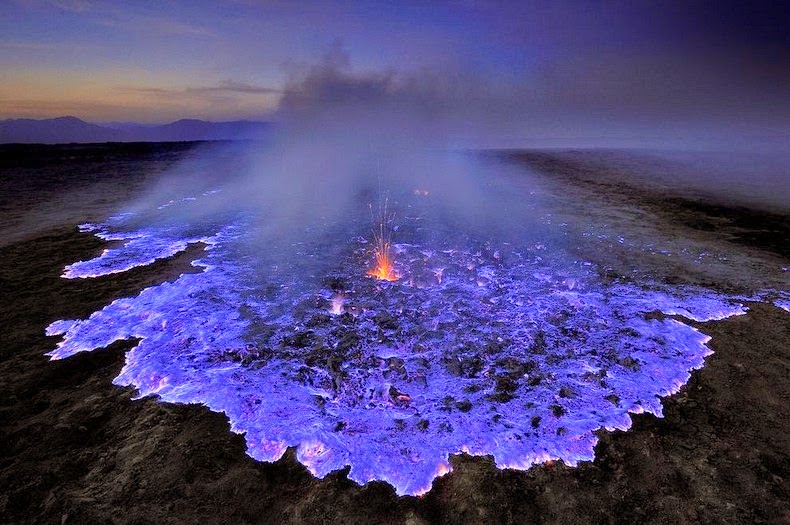

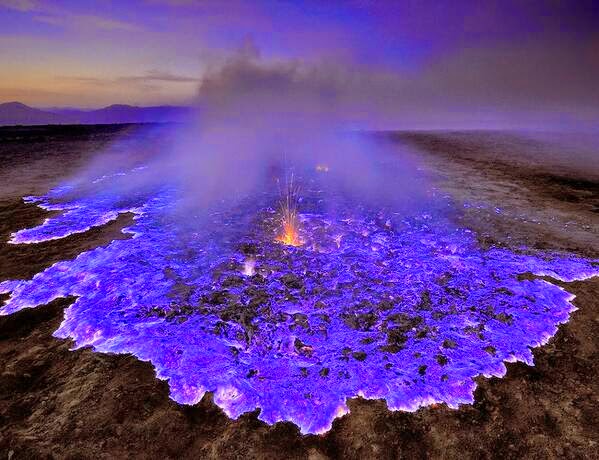

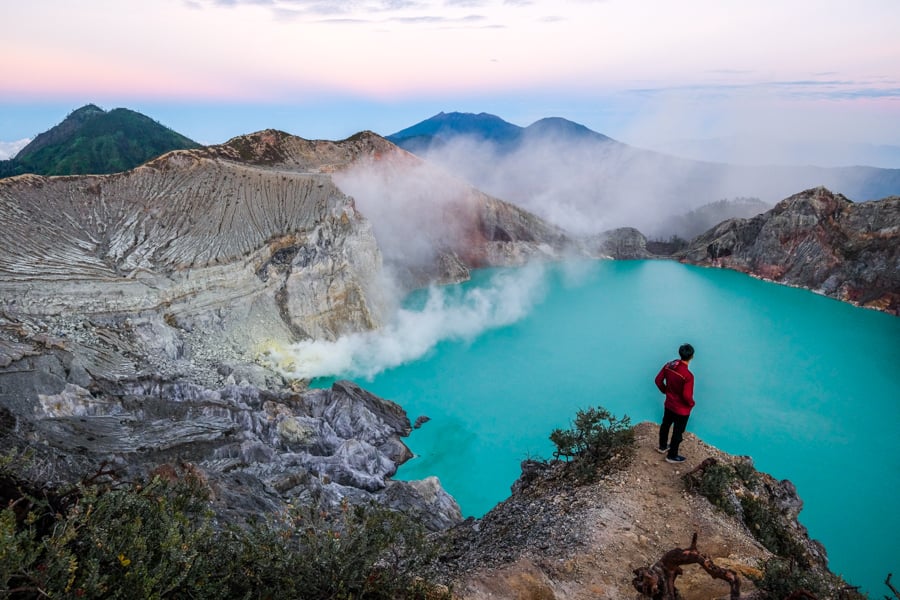

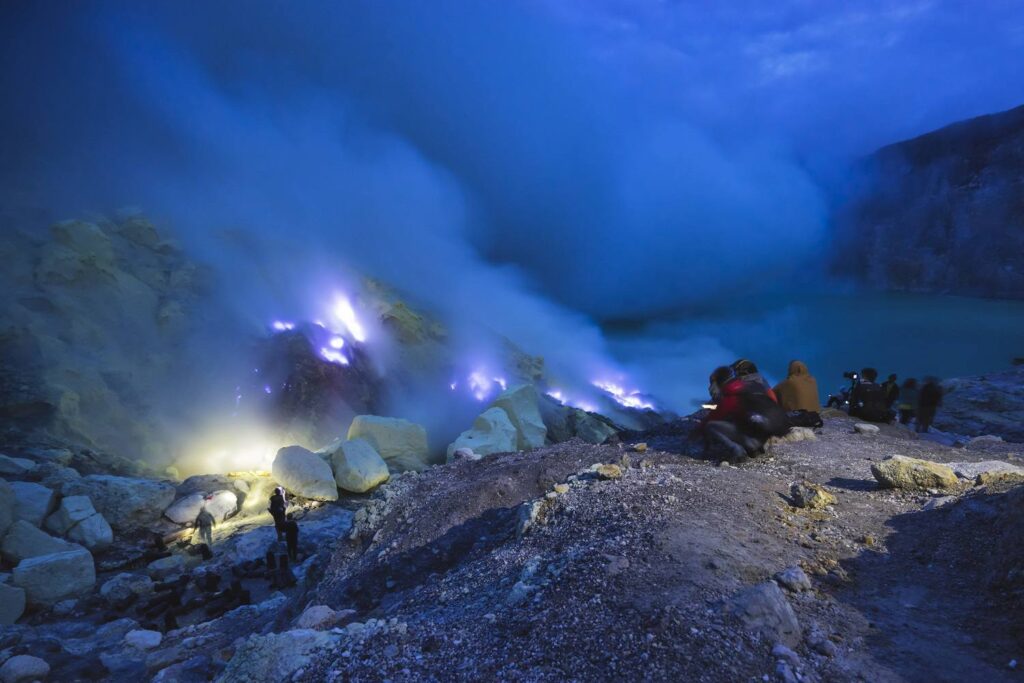
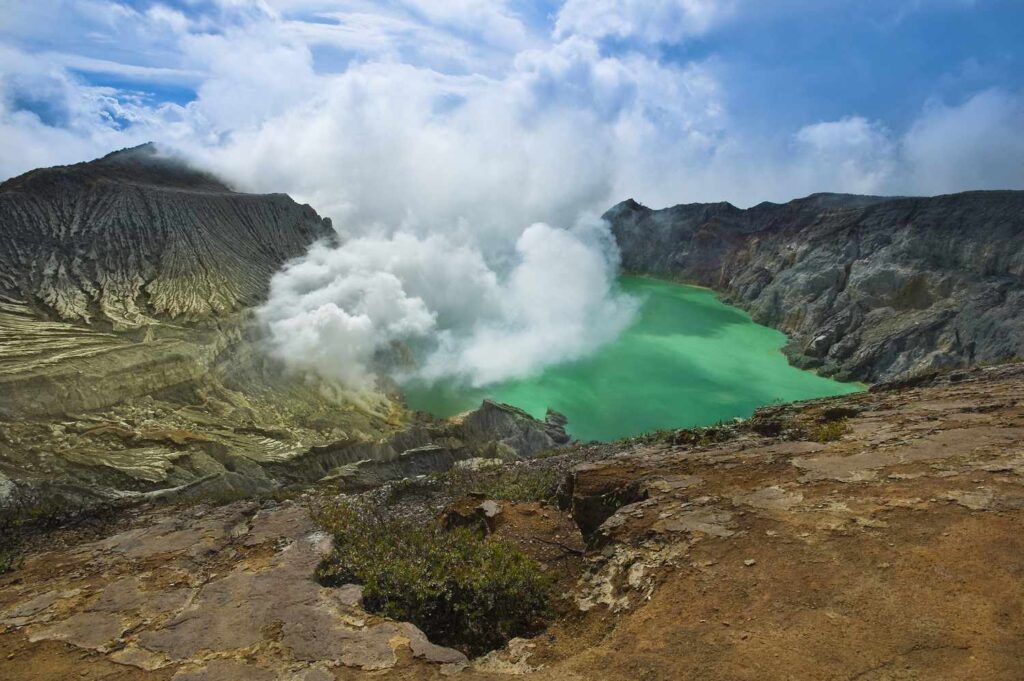
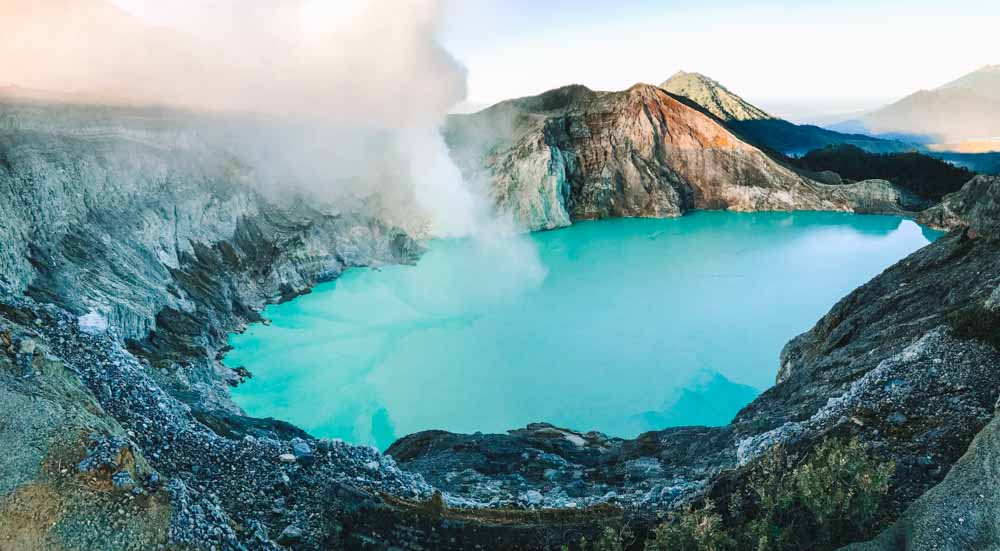

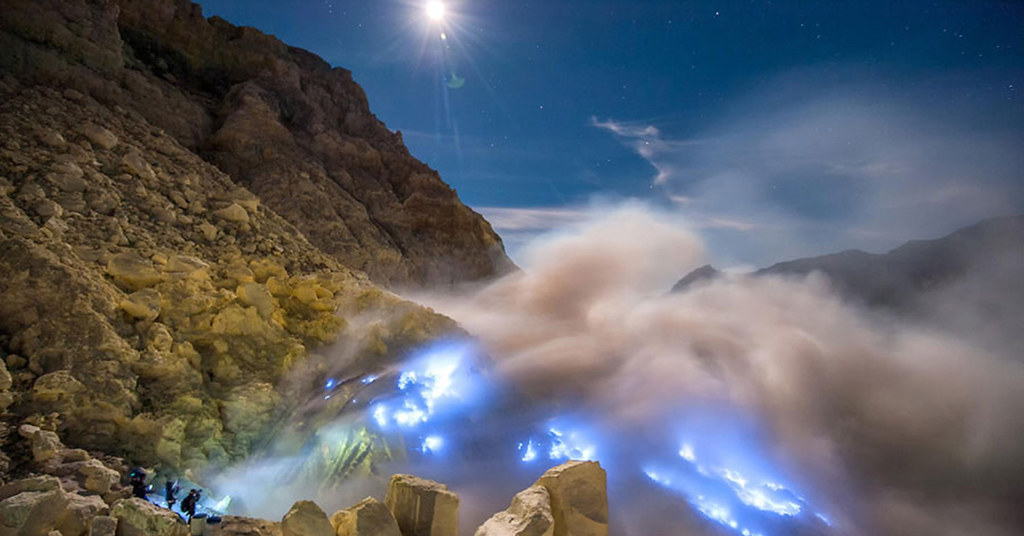
Videos
Reference
https://en.wikipedia.org/wiki/Ijen

